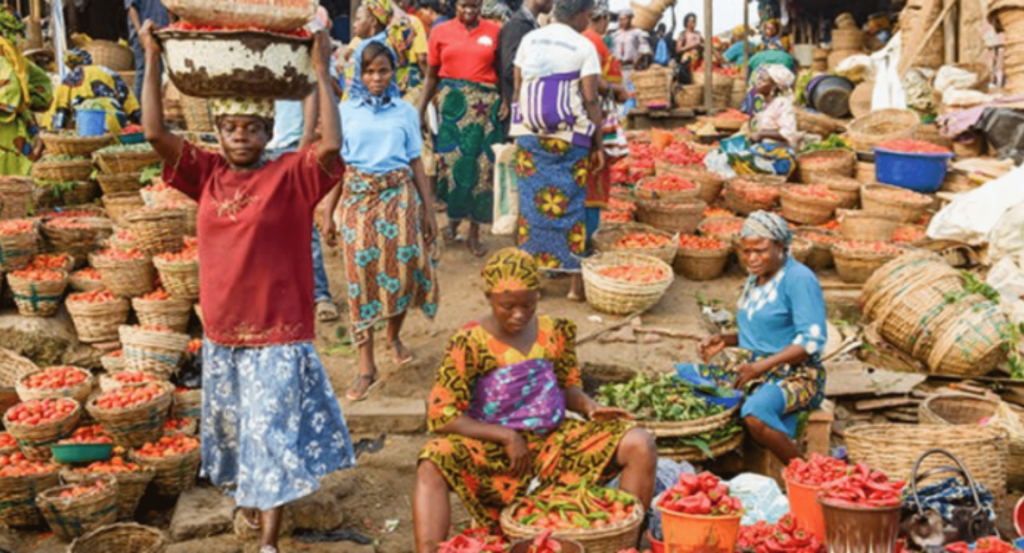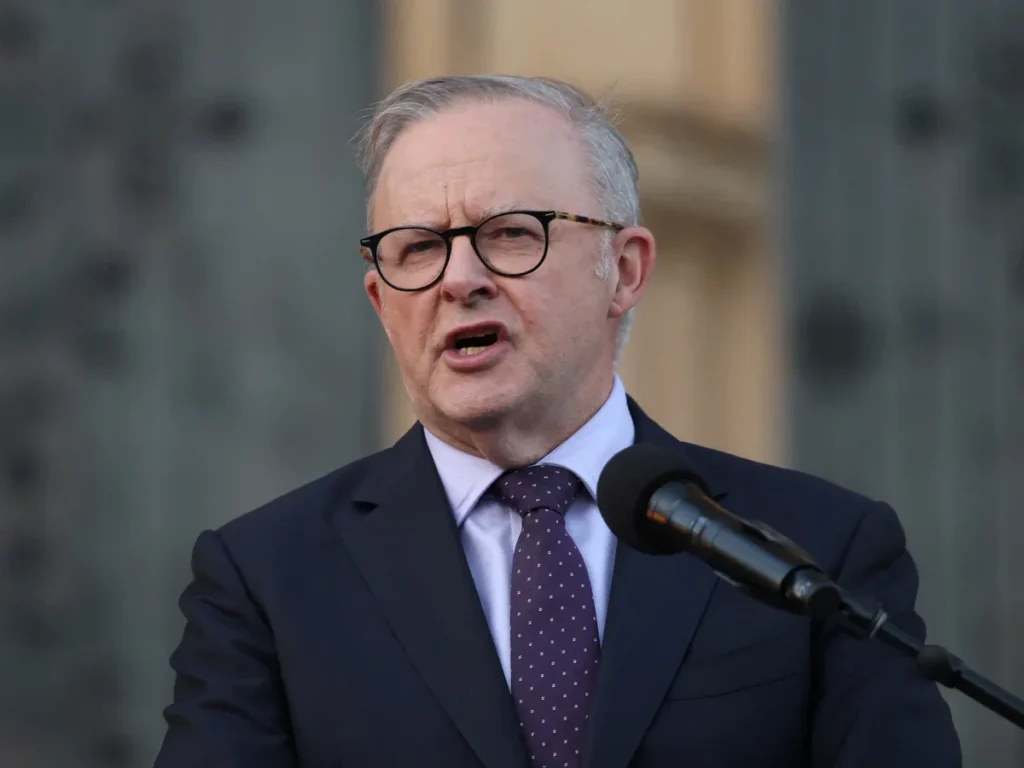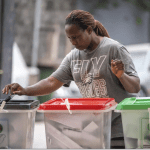Nigeria’s Food Inflation Rate Drops to 23.51% in February 2025
Nigeria’s food inflation rate has declined significantly, dropping to 23.51% in February 2025 from 37.92% in the same period last year. The latest Consumer Price Index (CPI) report from the National Bureau of Statistics (NBS) attributes this decline partly to a change in the base year for inflation measurement. Despite the drop, food prices continue to rise on a month-to-month basis, though at a slower pace.
What’s Behind the Decline in Nigeria’s Food Inflation Rate?
The moderation in Nigeria’s food inflation rate signals a shift in food price trends across the country. The report highlights that prices of staple foods such as yam tubers, potatoes, soybeans, maize flour, cassava, and dried bambara beans saw slower increases compared to previous months. This suggests an improvement in food supply conditions and a reduction in exchange rate-driven price volatility.
According to the NBS report:
“The Food inflation rate in February 2025 was 23.51% on a year-on-year basis. This was 14.41% lower compared to the rate recorded in February 2024 (37.92%). The significant decline in the food inflation figure is technically due to the change in the base year.”
Although year-on-year food inflation has dropped, the monthly food inflation rate for February stood at 1.67%, indicating that prices are still rising, just at a reduced pace.t
READ ALSO: Ghana’s 5.7% GDP Growth Applauded by NPP Minority in Parliament
Nigeria’s Food Inflation Rate and Its Impact on the Economy
Even with a decline in Nigeria’s food inflation rate, food prices remain a major driver of overall inflation in the country. The food and non-alcoholic beverages category contributed 9.28% to the total headline inflation rate, making it the most significant factor influencing price levels.
On a month-to-month basis, food inflation contributed 0.82%, reinforcing that while food prices are still increasing, they are doing so at a more controlled rate compared to previous months.
The average annual food inflation rate for the 12 months ending in February 2025 was 34.74%, marking a 4.67% increase from the 30.07% recorded in February 2024. This suggests that inflationary pressures remain, but they are gradually stabilizing.
Regional Disparities in Nigeria’s Food Inflation Rate
Food inflation rates varied across Nigerian states, with some regions experiencing sharper price increases than others. Sokoto recorded the highest food inflation rate at 38.34%, followed by Edo at 35.08% and Nasarawa at 33.53%. The report attributes these increases to supply chain disruptions, high transportation costs, and seasonal agricultural fluctuations.
Conversely, Adamawa recorded the lowest food inflation rate at 12.18%, with Ondo at 13.66% and Oyo at 15.55%. These states benefited from better local food production conditions and reduced reliance on imported food.
On a month-to-month basis, Sokoto saw the highest food inflation increase at 18.83%, followed by Nasarawa at 15.32% and Kogi at 11.65%. Meanwhile, states like Ondo, Kaduna, and Oyo reported month-on-month declines in food prices, indicating improved supply and possible policy interventions that helped stabilize costs.
Conclusion
The decline in Nigeria’s food inflation rate to 23.51% in February 2025 is a positive sign for the economy. While food prices remain a key inflationary factor, their slower rise indicates a shift toward better stability. However, regional disparities in food inflation highlight the need for stronger policies to improve food supply chains, support local production, and control cost fluctuations.























